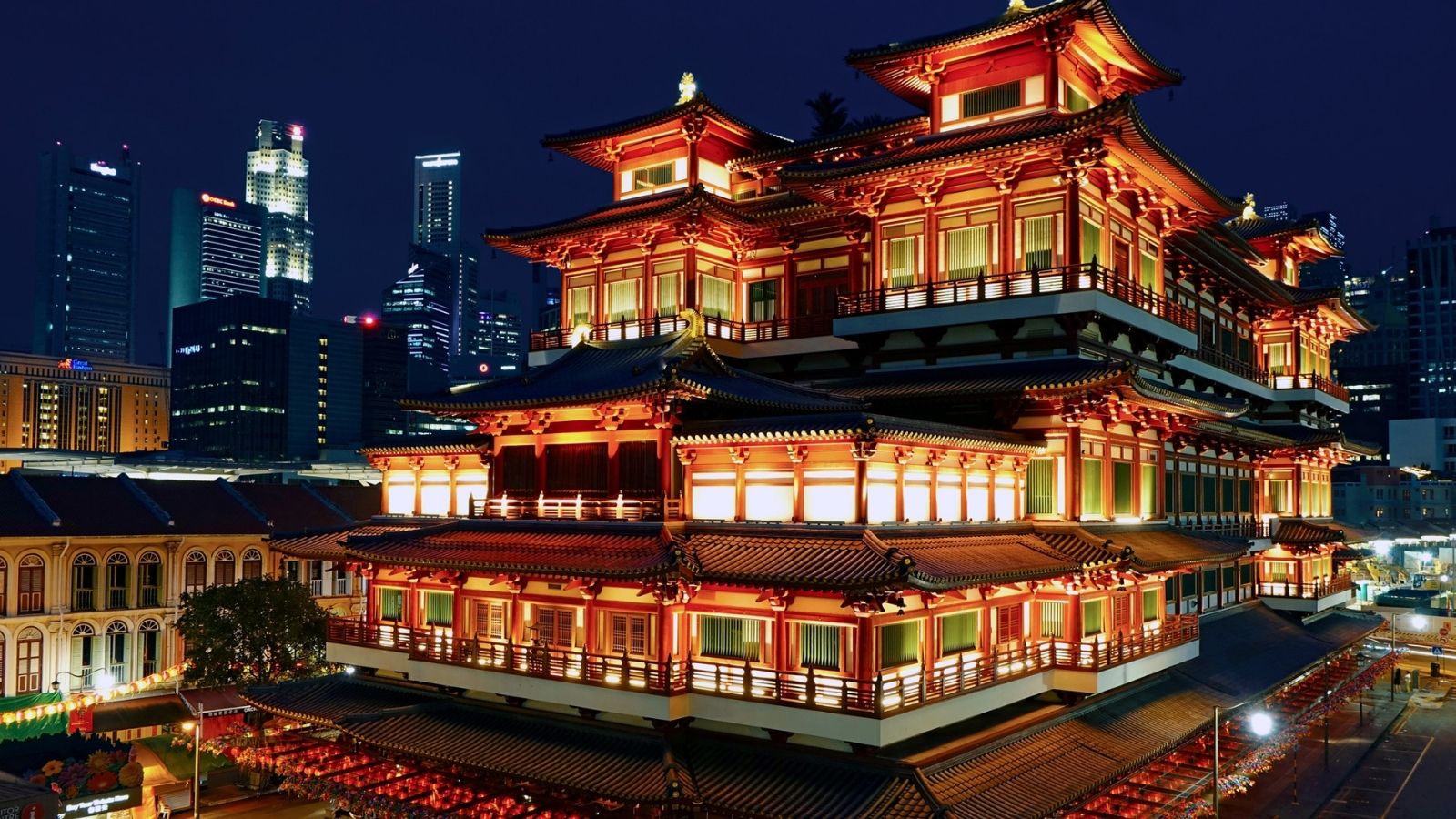十二座新加坡比去的佛教寺庙圣地
In a small country like Singapore, we have housed people from different religion and culture. Buddhism was one the earliest belief that has been widely spread in the country, with paths of people from different countries. 1. Buddha Tooth Relic Temple Located in the historic district of Chinatown, the Buddha Tooth Relic Temple & Museum’s … 阅读更多










